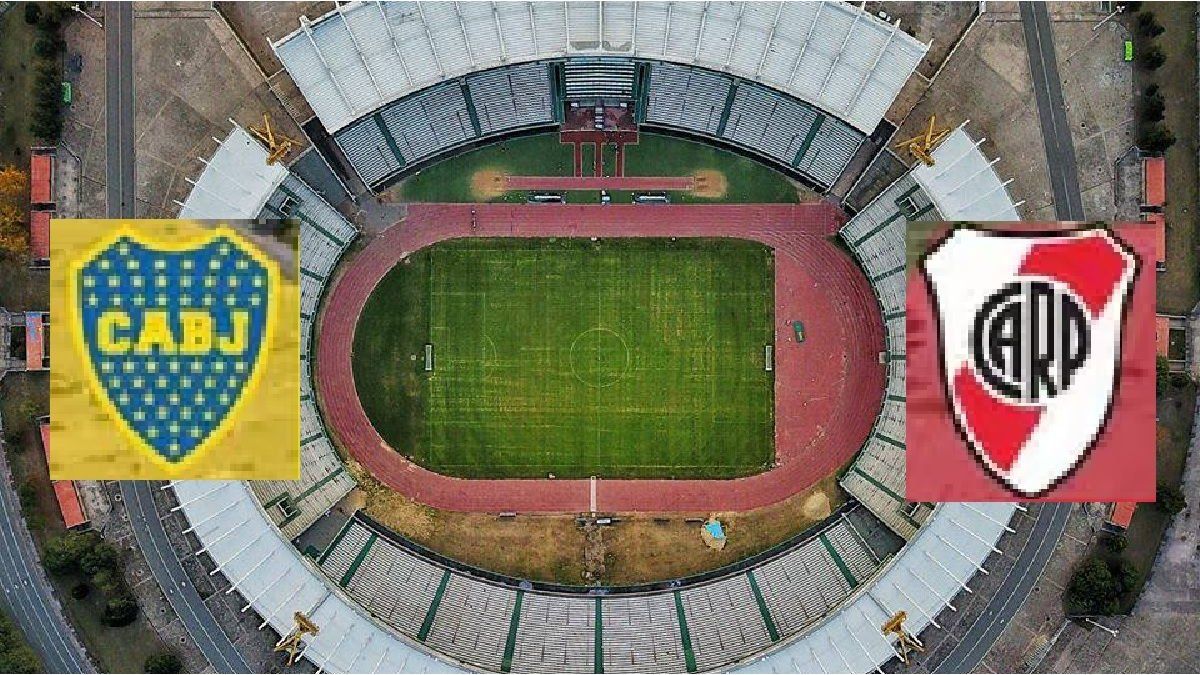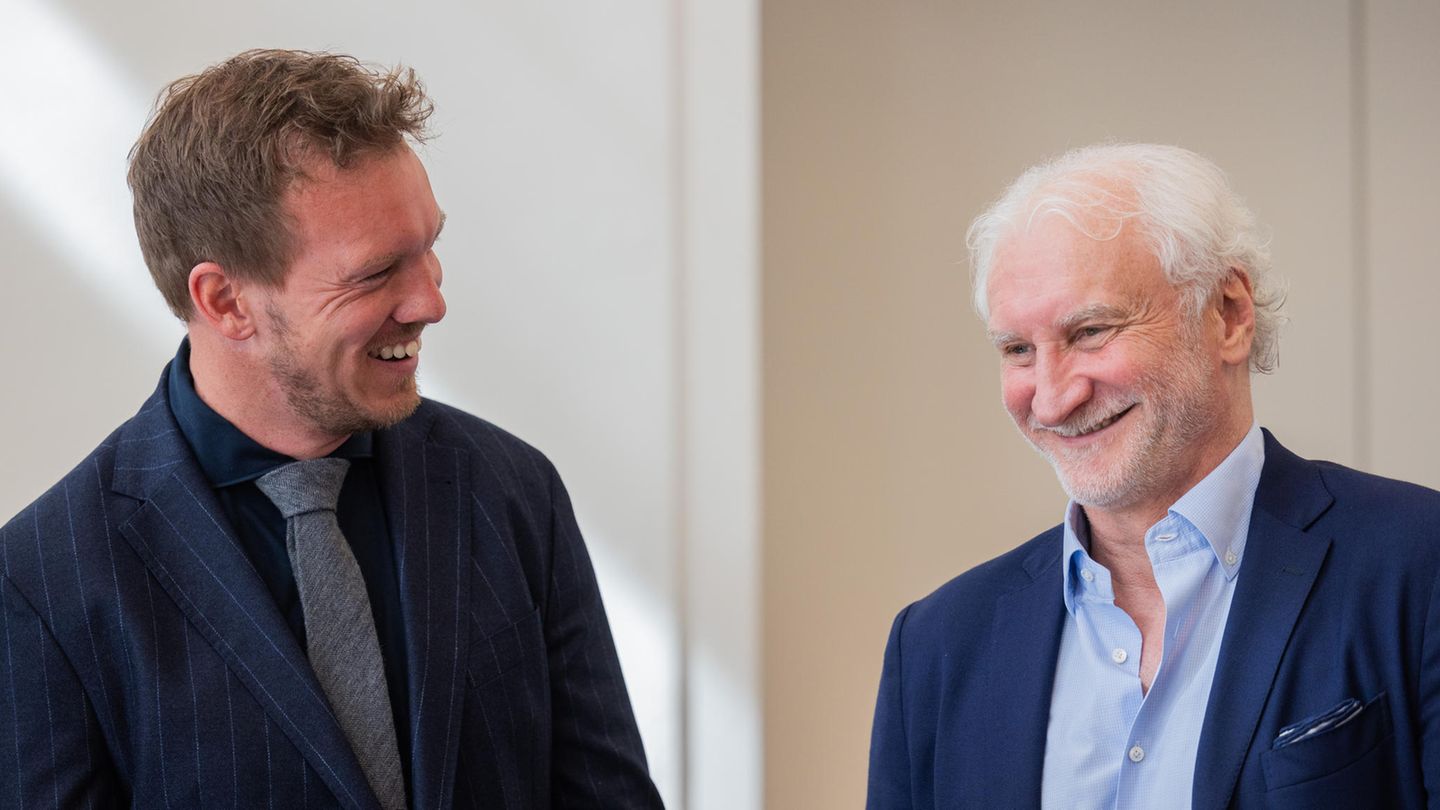After the street protests in Iran, everyday life has returned. The political leadership is again self-confident. But more and more women are demonstratively ignoring the headscarf requirement.
Long black curls blowing in the wind, short white hair. After the women’s protests in Iran, young and old are defying the headscarf requirement. What was unthinkable in the Islamic Republic a year ago is now part of everyday life. Whether in parks, shopping arcades or on the streets of the metropolis – despite the threat of punishment, women and young girls are defying the strict laws with unprecedented self-confidence.
It’s a mild spring day in Tehran, and a gentle breeze is blowing across Lake Chitgar to the west of the capital. Families have arrived, walking or picnicking in the sun. A couple of teenagers are squatting on concrete blocks at a skate park, the smell of cotton candy is in the air. With a Bluetooth speaker, a boy hisses through the area on inline skates. Iranian pop music blares in the distance. A young girl stands there with a crop top and without a headscarf.
Student: “Today we have more courage”
Fear of penalties? Young Raha raises an eyebrow. “After everything we’ve been through?” asks the student. “Today we have more courage. When you take to the streets and demonstrate, why should you be afraid?” asks the 16-year-old. A friend rolls up with his inline skates, Mehdi, he is two years older. “We haven’t wanted to be in this situation for a long time.” Nobody listens to the younger generation, the student complains. “And those who protested loudly were killed.”
The feminist struggles in Iran are much older than the Islamic Republic itself. But since the 1979 revolution, women have repeatedly challenged Islamic laws, which put them in a worse position than men when it comes to inheritance, custody rights or freedom to travel. Then there is the debate about dress codes. Resistance to it has never been so strong. Triggered by the death of the Iranian Kurdish woman Jina Mahsa Amini, who was arrested almost six months ago for those violations, the protests sparked an uprising.
Doctoral student Nuschin is sitting elsewhere in the park. At 30, she comes from a different generation. The majority of the demonstrators in the fall were significantly younger. She says people’s mental health has deteriorated in recent years. “Maybe I laugh now when I’m outside. And people think I’m happy because we ride bikes and don’t wear a headscarf. Others might think we’re free and happy now. But no, it’s really not like that.”
Conversations on the streets of Iran are snapshots. There are no figures on how many people support or despise the system. And yet Nuschin’s words hit a nerve, because many people have long complained about a lack of future prospects. Add to that the high inflation, a currency in free fall and the miserable economic situation, which could plunge Iran’s political leadership into the next big crisis. “The situation has become so difficult that we can hardly pay the rent,” says the doctoral student.
Government insists on veiling
Iran’s government was elected to office with the worst turnout since the state was founded. President Ebrahim Raisi is one of the hardliners and, after the change of power in the summer of 2021, initiated a stricter course on dealing with the headscarf requirement. The government is by no means indifferent to the fact that many women are now wearing their hair loose. Raisi’s deputy, Mohammad Dehghan, said just a few days ago that disregarding the obligation to wear a veil is criminal.
Around 150 kilometers south of Tehran is Ghom, the stronghold of the Shiite clergy. In the mullahs’ center of power, the atmosphere after the street protests has been debated for weeks. Rasieddin Mortasawi Langrudi sits on the carpet of a small mosque after midday prayer. At 44, the ayatollah belongs to the younger generation of influential legal scholars. “It is currently advisable not to take decisive action against women without a headscarf. All sections of society should be satisfied. If a warning is issued, it is advice and not coercion,” says the preacher.
After the brutal action of the security apparatus, hatred also turned to Iran’s preacher, as evidenced by a scar on Langrudi’s forearm. The ayatollah was recently attacked on the train. “Protest is the people’s right, but it shouldn’t be done without a headscarf or out of defiance of clergy.” Langrudi thinks that society is moving away from compulsory headscarves. But not all the clergy in Qom share his opinion. The compulsion is good, should women not themselves be convinced of the value of the headscarf, explains another scholar in the pilgrimage city.
Plans for deployment of surveillance technology
In the big cities, Iran’s notorious guardians of morals have disappeared from the cityscape. Violations are only systematically prosecuted in ultra-conservative areas. The protest icon Jina Mahsa Amini was arrested by the Morality Police in mid-September, fell into a coma and died a few days later in a hospital in Tehran. Years of pent-up anger from the younger generation sparked a conflagration of protests. “As for that, the government should have issued an official apology to Mahsa Amini to prevent these events,” says Ayatollah Langrudi.
Many people in Iran doubt whether the young generation will be convinced by the words of the preachers again. Plans have long been in place that the headscarf requirement will in future be pursued with surveillance technology, for example. Young people do not want to forgive those responsible for the violent crackdown on the protests. “The generation that voted for the Islamic Republic is now at least 70 years old,” says Mehdi in Chitgar Park. “They say that everything will be fine with reforms. But my generation can’t stand the pressure any longer.”
Source: Stern
I have been working in the news industry for over 6 years, first as a reporter and now as an editor. I have covered politics extensively, and my work has appeared in major newspapers and online news outlets around the world. In addition to my writing, I also contribute regularly to 24 Hours World.




